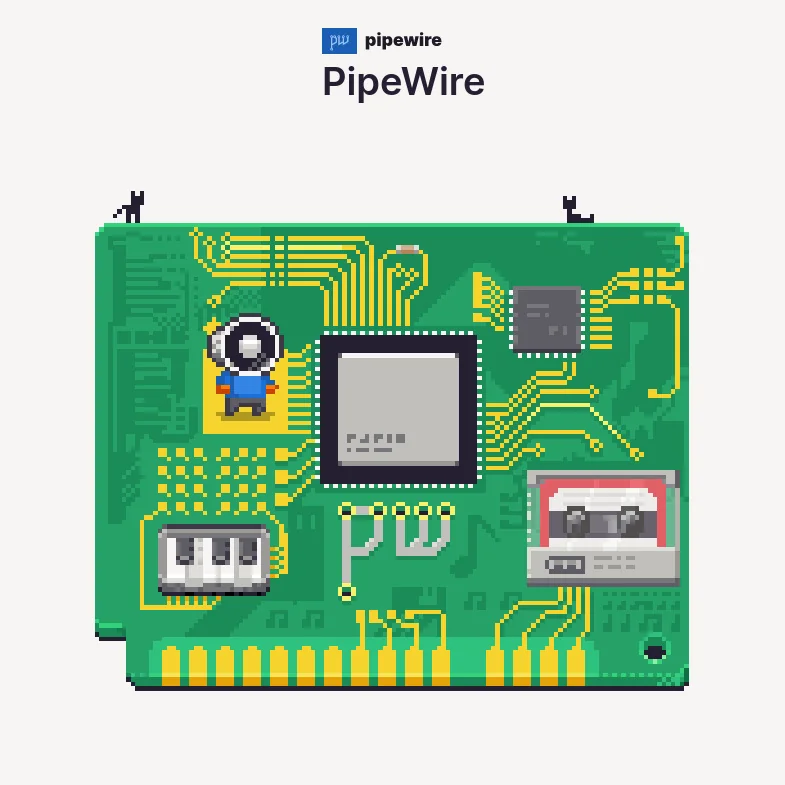PipeWire Should Be One Of The Exciting Linux Desktop Technologies For 2019

PipeWire has been in development now for two years to overhaul the Linux desktop's audio/video processing in trying to fulfill the roles currently handled by PulseAudio and HACK, among others, while handling video input too and also tying into the Wayland desktop/screen remote capabilities too. Oh yeah, and supporting Flatpaks as part of its design.
Red Hat has been investing a lot into getting PipeWire to become a suitable replacement to PulseAudio and JACK and all the other roles it hopes this open-source project will fill in the Linux desktop space. Wim Taymans of Red Hat who has been one of the lead developers of the project presented at FOSDEM this weekend in Brussels.
Some of the highlights for PipeWire right now include:
- PipeWire continues to focus on zero-copy media exchange and supporting the likes of DMA-BUF, Memfd, etc.
- Security is a primary focus for PipeWire along with its Flatpak integration.
- PipeWire will be able to suit the roles of JACK and is real-time capable with low-latency.
- PipeWire will serve as a drop-in replacement for PulseAudio applications as well as ALSA applications as well as JACK support.
- Some of the latest PipeWire work includes providing a client permission API, cursor and bitmap metadata, and the concept of device objects and profiles.
- PipeWire has been re-licensed under the MIT.
- Future work for PipeWire includes better latency/timing handling between nodes, more session policies, JACK handover, and support for currently missing PulseAudio features.
Those wanting to learn more about the state of PipeWire for the start of 2019 can do so via the PDF slide deck from the FOSDEM presentation. More background information on PipeWire is available from PipeWire.org.
70 Comments

